Chevrolet has been a staple in the automotive world, producing vehicles that have not only stood the test of time but have also pushed boundaries and set new standards. From classic designs to technological innovations, Chevy’s lineup includes models that have left a significant mark on the industry. Here are 11 iconic Chevys that truly changed the game.
Chevrolet Bel Air (1955)
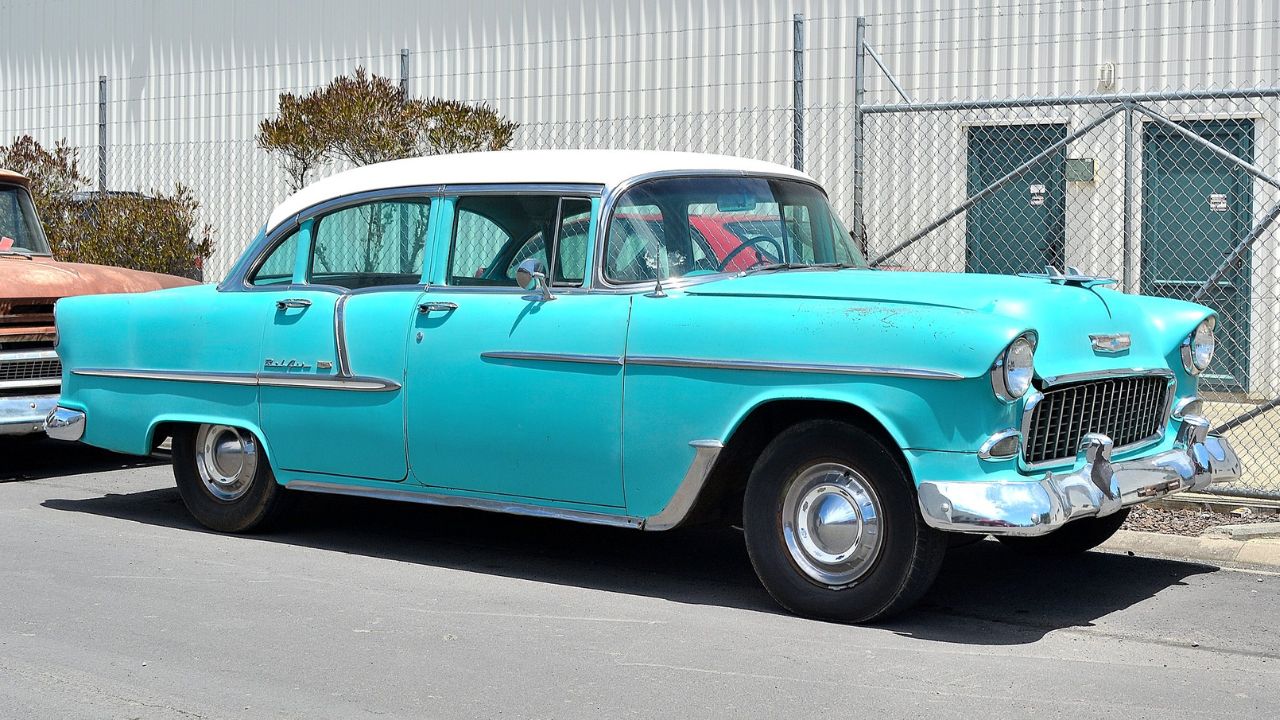
The 1955 Chevrolet Bel Air introduced a sleek new design that became a symbol of the American automotive industry in the 1950s. Its distinctive chrome accents and powerful V8 engine made it a favorite among car enthusiasts. The Bel Air’s influence is still felt today, with collectors seeking out pristine models from this era.
Beyond its aesthetic appeal, the Bel Air was also notable for its performance. It offered a range of engine options that catered to different driving preferences, making it both a family car and a performance vehicle. The 1955 model year, in particular, marked the start of what many consider the “Tri-Five” era, a period of significant design and engineering advancements for Chevrolet.
Chevrolet Corvette C1 (1953)
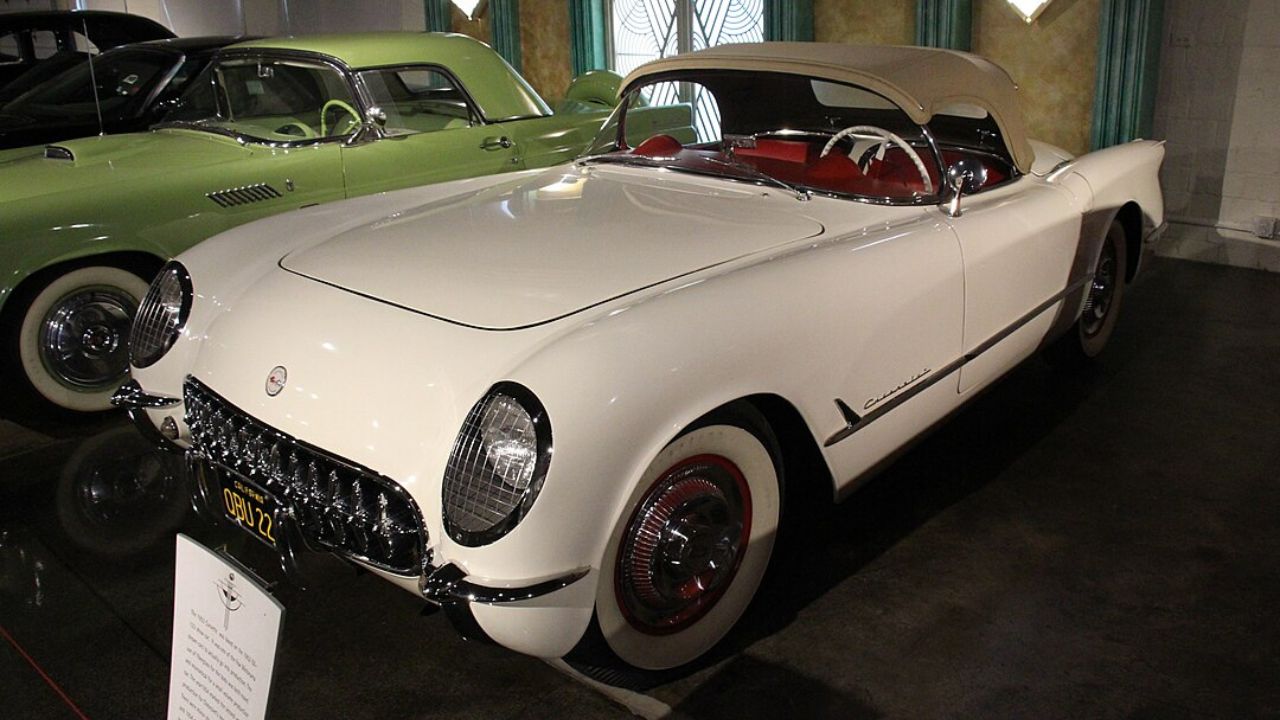
The Chevrolet Corvette C1, introduced in 1953, marked the beginning of a legendary sports car lineage. It was America’s answer to European sports cars, featuring a fiberglass body and a unique design that turned heads. The C1 set a precedent for performance and style, traits that have carried through to modern Corvette models.
Initially equipped with a 3.9-liter inline-six engine, the Corvette’s performance capabilities expanded in subsequent years. The C1’s influence is evident in the Corvette’s continued reputation as a high-performance vehicle, with each new generation building on the foundation laid by this iconic model.
Chevrolet Impala (1958)
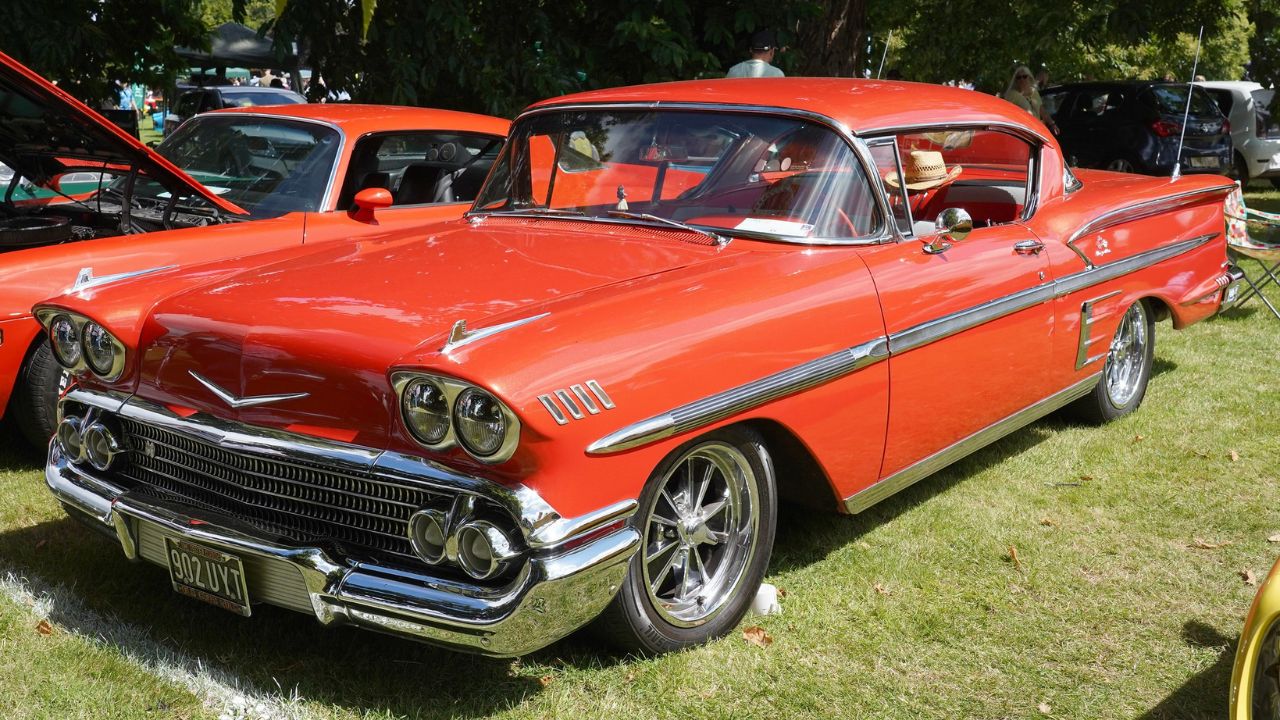
Introduced in 1958, the Chevrolet Impala quickly became a symbol of luxury and performance. Its spacious interior and stylish design made it a popular choice among families, while its powerful engines appealed to those seeking a more spirited drive. The Impala’s blend of comfort and power helped it become one of Chevy’s best-selling models.
Over the years, the Impala has undergone numerous redesigns, each time adapting to the changing needs and preferences of drivers. Despite these changes, the Impala has consistently maintained its reputation for reliability and style, solidifying its place in automotive history.
Chevrolet Camaro Z/28 (1967)

The Chevy Camaro Z/28, introduced in 1967, was a response to the growing popularity of muscle cars in America. Designed to compete in the Trans-Am racing series, the Z/28 came equipped with a high-revving 302 cubic inch V8 engine and a host of performance features that made it a formidable contender on the track.
The Z/28’s racing pedigree and aggressive styling have made it a favorite among muscle car enthusiasts. Its combination of performance and style continues to inspire new generations of Camaro models, ensuring its legacy endures.
Chevrolet Chevelle SS (1970)
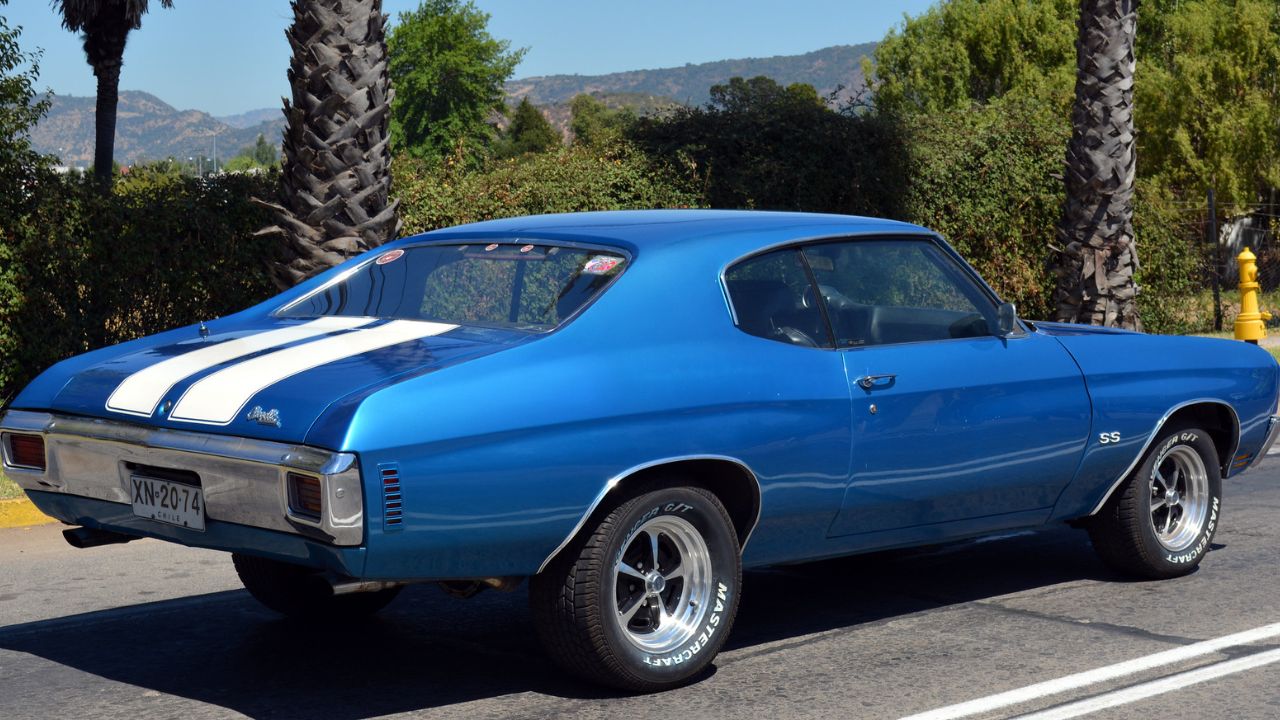
The 1970 Chevrolet Chevelle SS represents the pinnacle of the muscle car era. With its powerful 454 cubic inch V8 engine, the Chevelle SS delivered jaw-dropping performance that set it apart from its peers. Its aggressive styling and raw power made it a symbol of American automotive engineering at its finest.
Even today, the Chevelle SS is held in high regard by collectors and muscle car enthusiasts. Its legacy lives on through modern interpretations of the muscle car, and its influence is evident in the design and performance of today’s high-performance vehicles.
Chevrolet El Camino (1959)
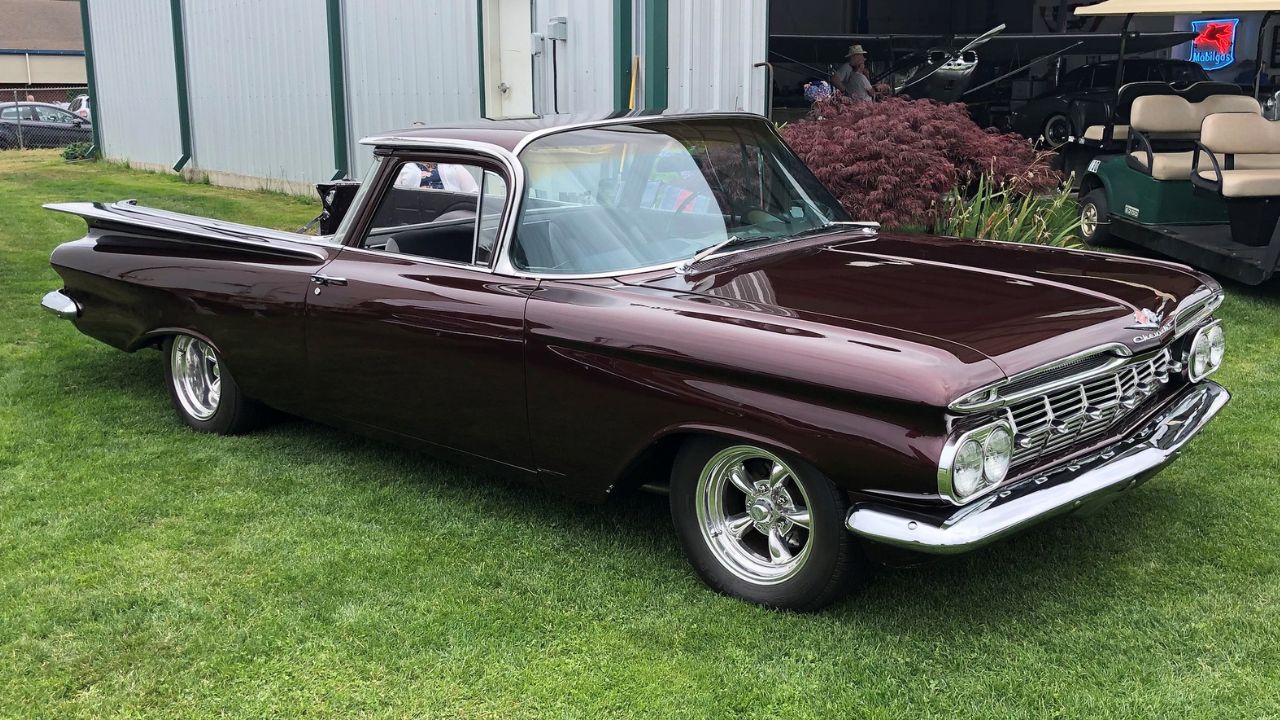
The Chevrolet El Camino, introduced in 1959, blurred the lines between car and truck. Its unique design, combining the comfort of a sedan with the practicality of a pickup, made it a versatile choice for a wide range of drivers. The El Camino’s flexibility and distinctive style have made it a classic in its own right.
Over the years, the El Camino evolved to include various performance options, from powerful V8 engines to sportier trims. Its ability to adapt to the needs of its owners ensured its popularity for decades, and it remains a beloved model among classic car enthusiasts.
Chevrolet Monte Carlo (1970)
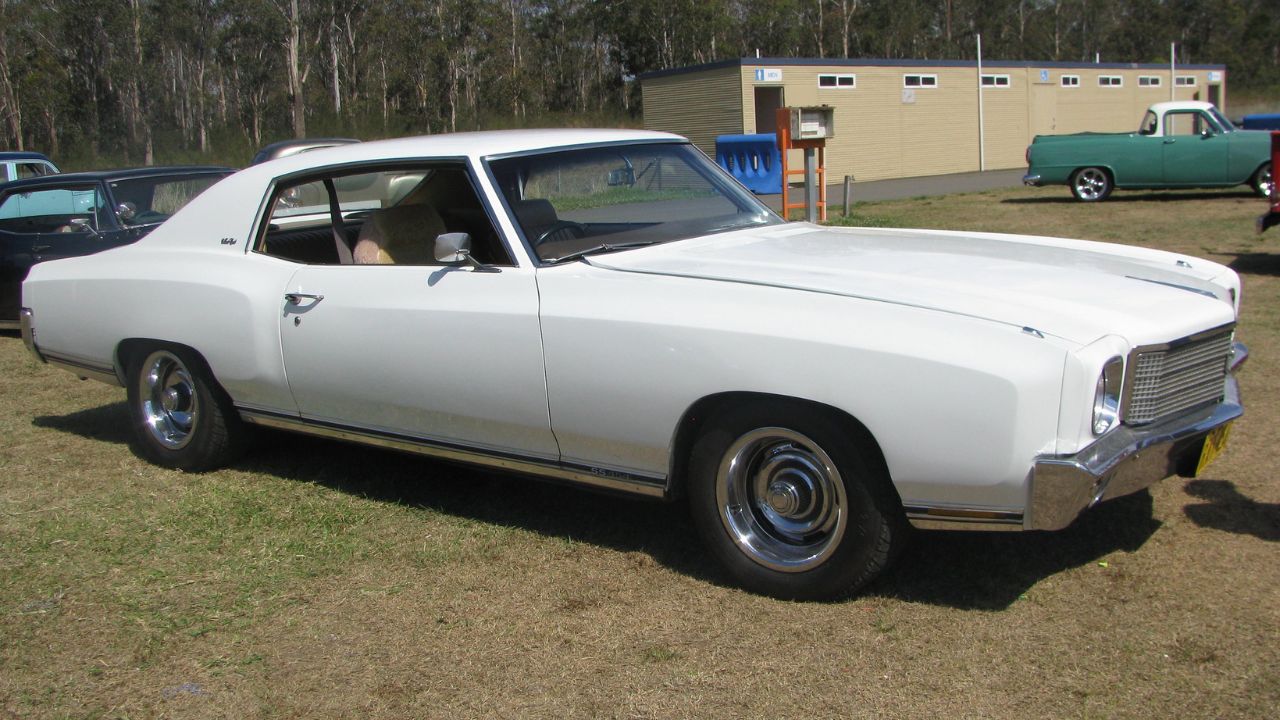
The Chevrolet Monte Carlo, launched in 1970, epitomized the personal luxury car phenomenon of the era. With its long hood, sporty appearance, and comfortable interior, the Monte Carlo appealed to drivers seeking both style and substance. Its success helped Chevrolet capture a significant share of the luxury car market.
Throughout its production run, the Monte Carlo underwent several transformations, adapting to the evolving tastes of consumers. Its enduring popularity and distinctive styling have cemented its status as an iconic Chevy model, fondly remembered by many who appreciate the blend of luxury and performance it offered.
Chevrolet Suburban (1935)
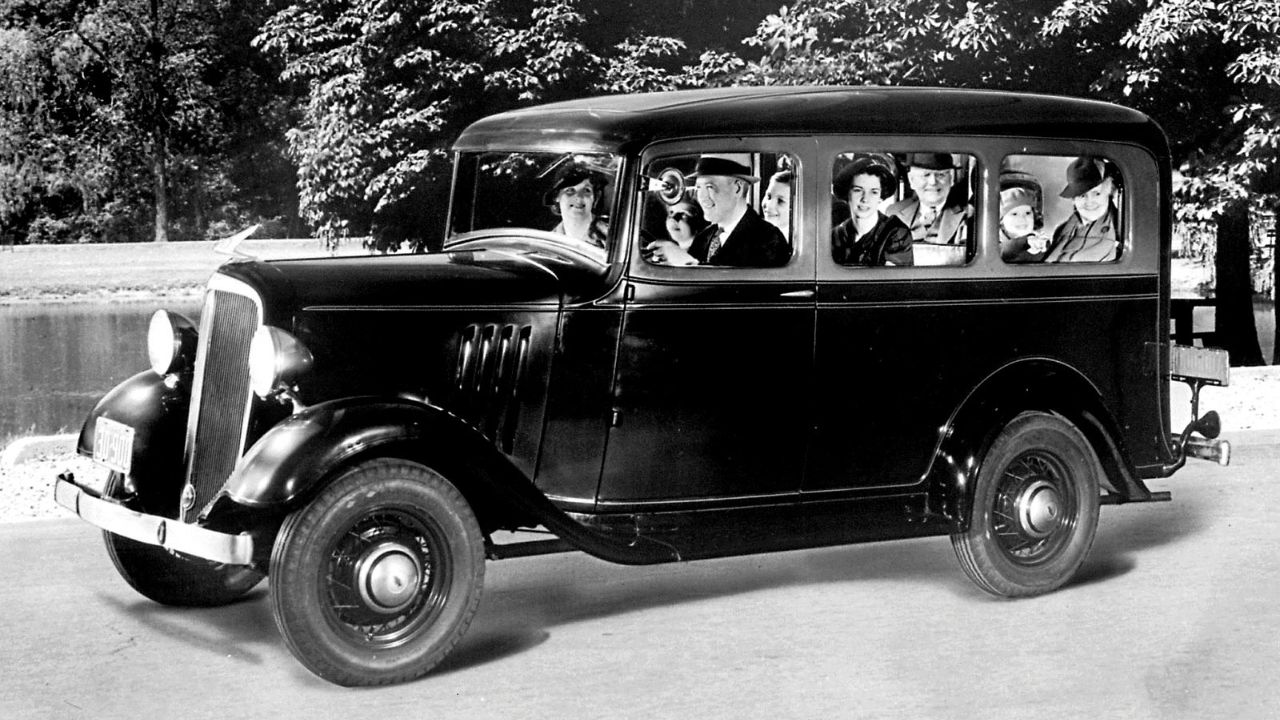
The Chevrolet Suburban, first introduced in 1935, holds the title as one of the longest-running nameplates in automotive history. Originally designed as a utility vehicle for families and businesses, the Suburban has evolved into a versatile SUV that continues to meet the needs of drivers worldwide.
Its spacious interior and robust capability have made it a favorite among large families and adventurers alike. The Suburban’s ability to adapt to modern demands while maintaining its core attributes has ensured its place as a cornerstone of Chevrolet’s lineup, setting the standard for full-size SUVs.
Chevrolet Volt (2011)
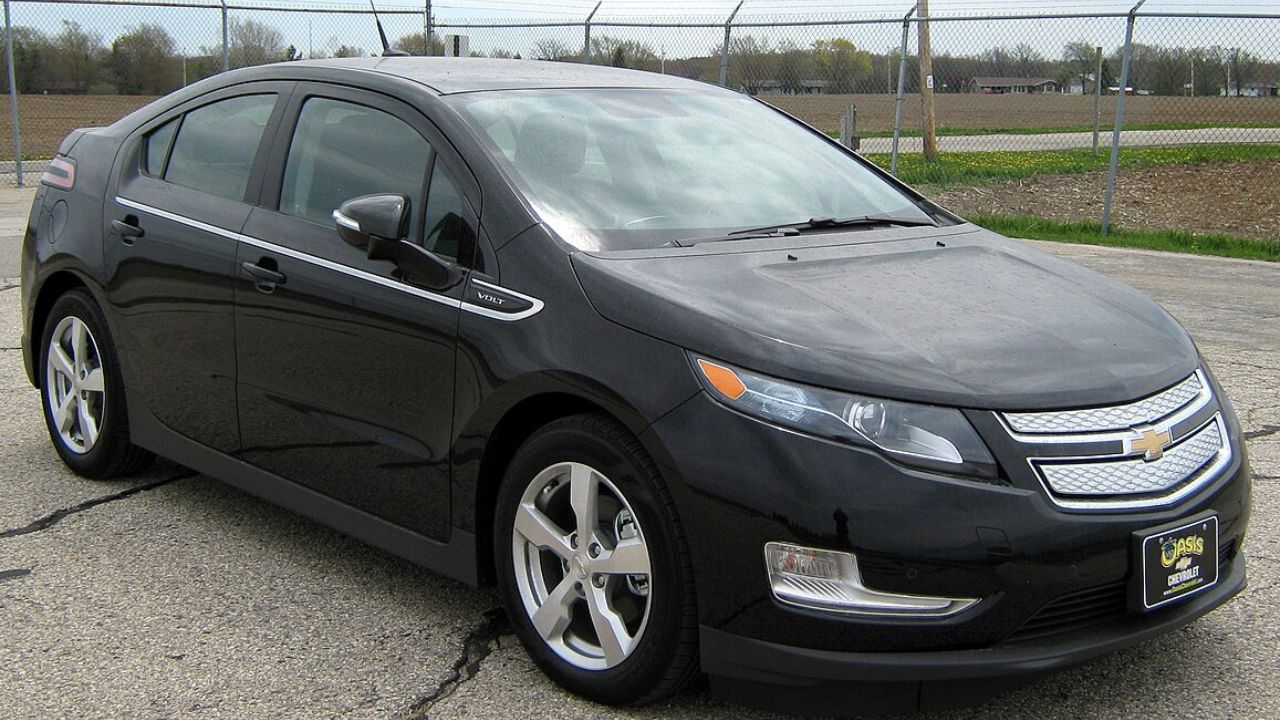
The Chevrolet Volt, launched in 2011, represented a significant step forward in hybrid technology. As one of the first plug-in hybrid electric vehicles on the market, the Volt offered a practical solution for those seeking to reduce their environmental footprint without sacrificing performance.
With its innovative powertrain allowing for extended electric-only driving, the Volt helped pave the way for future electric vehicles. Its success demonstrated the viability of hybrid technology, encouraging further advancements in the field and solidifying Chevy’s commitment to sustainability.
Chevrolet C10 (1960)

The Chevrolet C10, introduced in 1960, played a pivotal role in the evolution of the American pickup truck. With its stylish design and improved ride quality, the C10 appealed to a broad audience, bridging the gap between work and personal use.
Known for its versatility and reliability, the C10 set new standards for pickup trucks, offering a range of configurations to suit various needs. Its legacy continues through the popularity of classic models and the influence it has had on the design of modern trucks.
Chevrolet Bolt EV (2016)
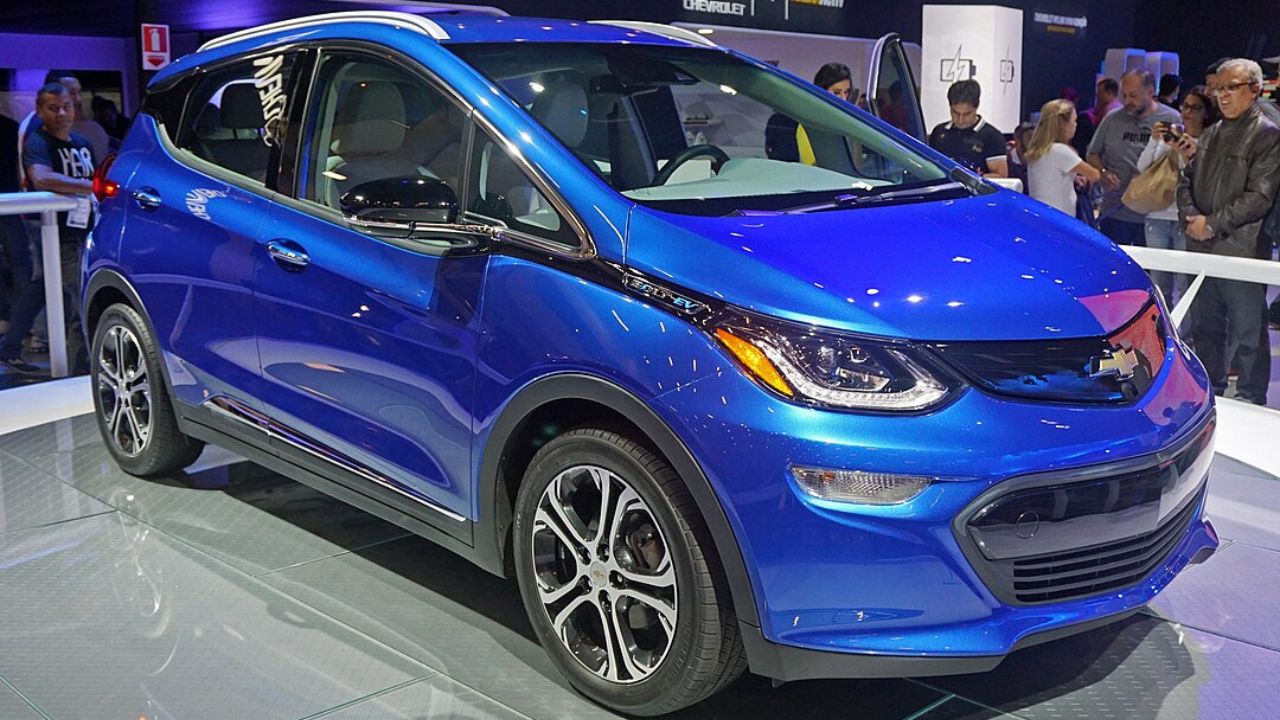
The Chevrolet Bolt EV, introduced in 2016, was a game-changer in the electric vehicle market. With an impressive range of over 200 miles on a single charge, the Bolt EV offered an affordable and practical option for those seeking to make the switch to electric driving.
Its success helped to normalize electric vehicles as a viable alternative to traditional gasoline-powered cars. The Bolt EV’s impact on the industry is significant, as it demonstrated that electric vehicles could be both accessible and efficient, encouraging further investment in electric mobility.
Like Fast Lane Only’s content? Be sure to follow us.
Here’s more from us:
*Created with AI assistance and editor review.

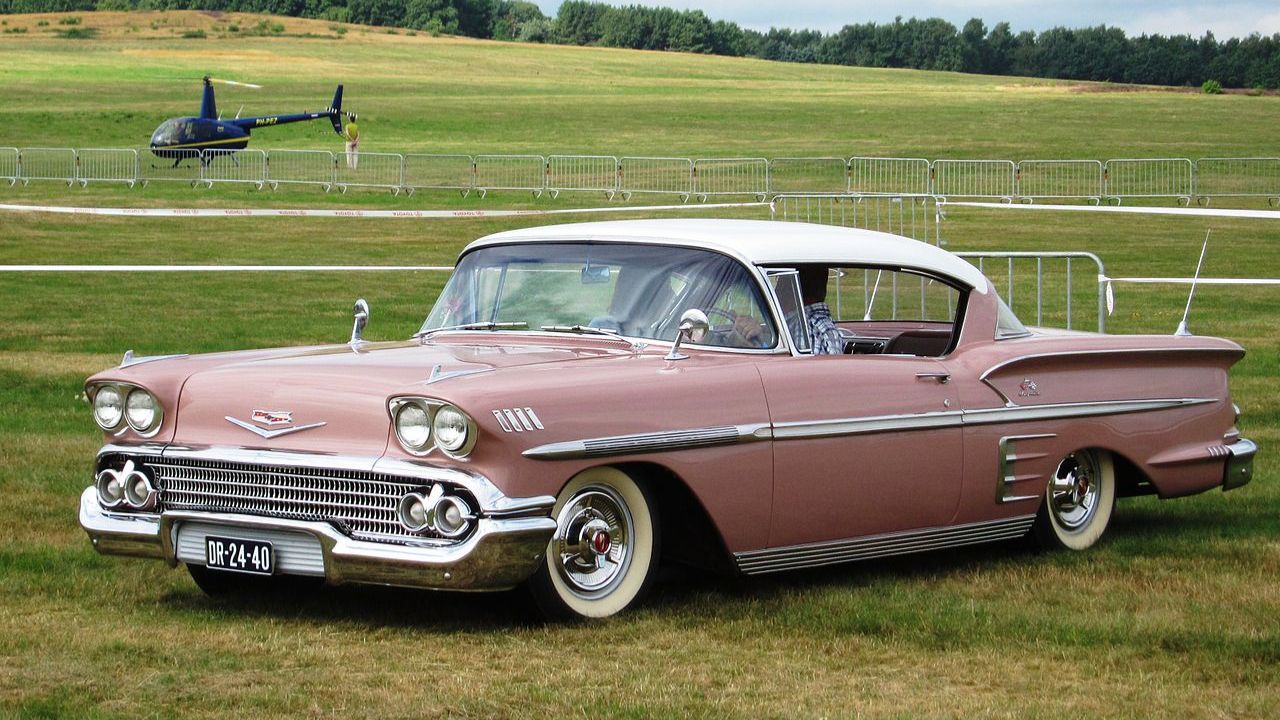

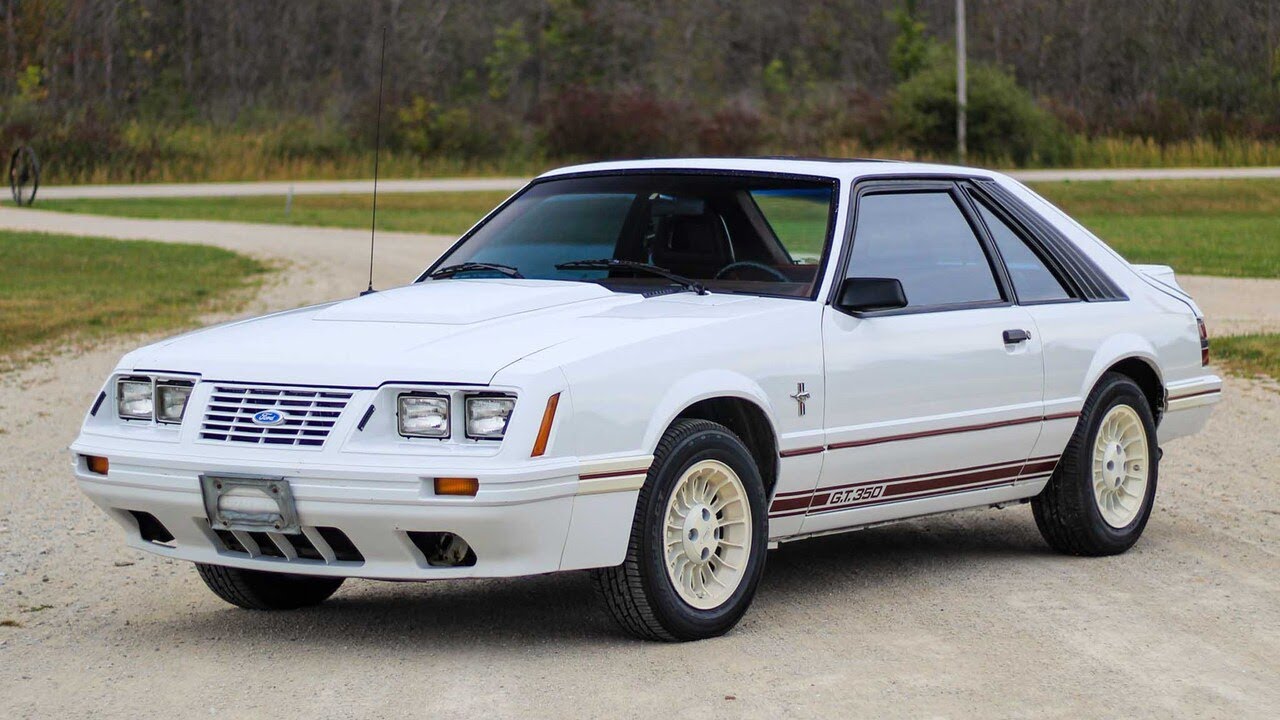

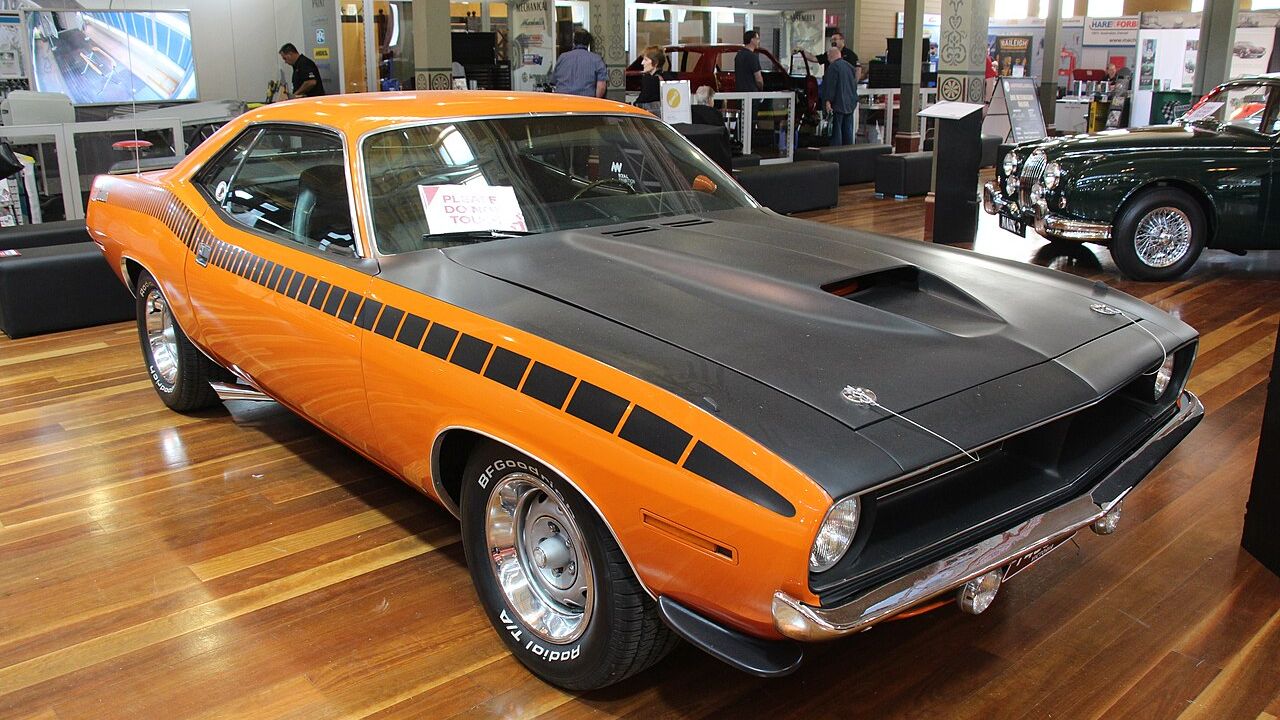
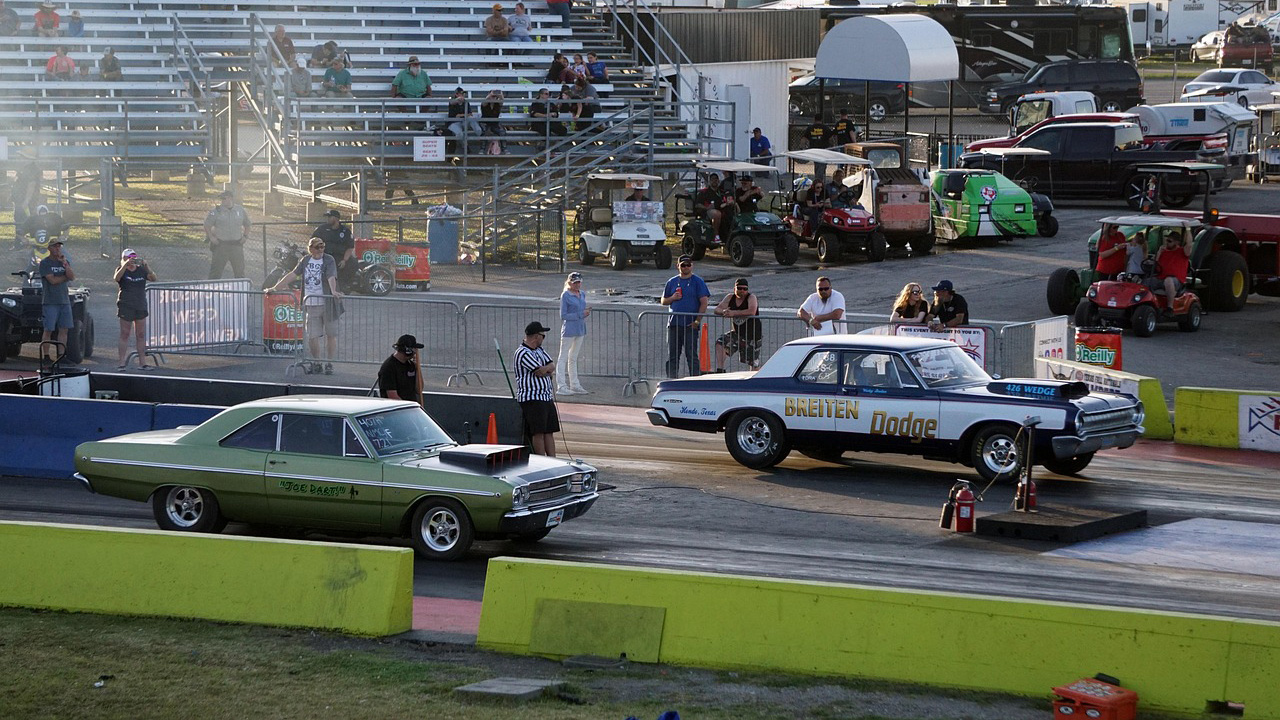
Leave a Reply